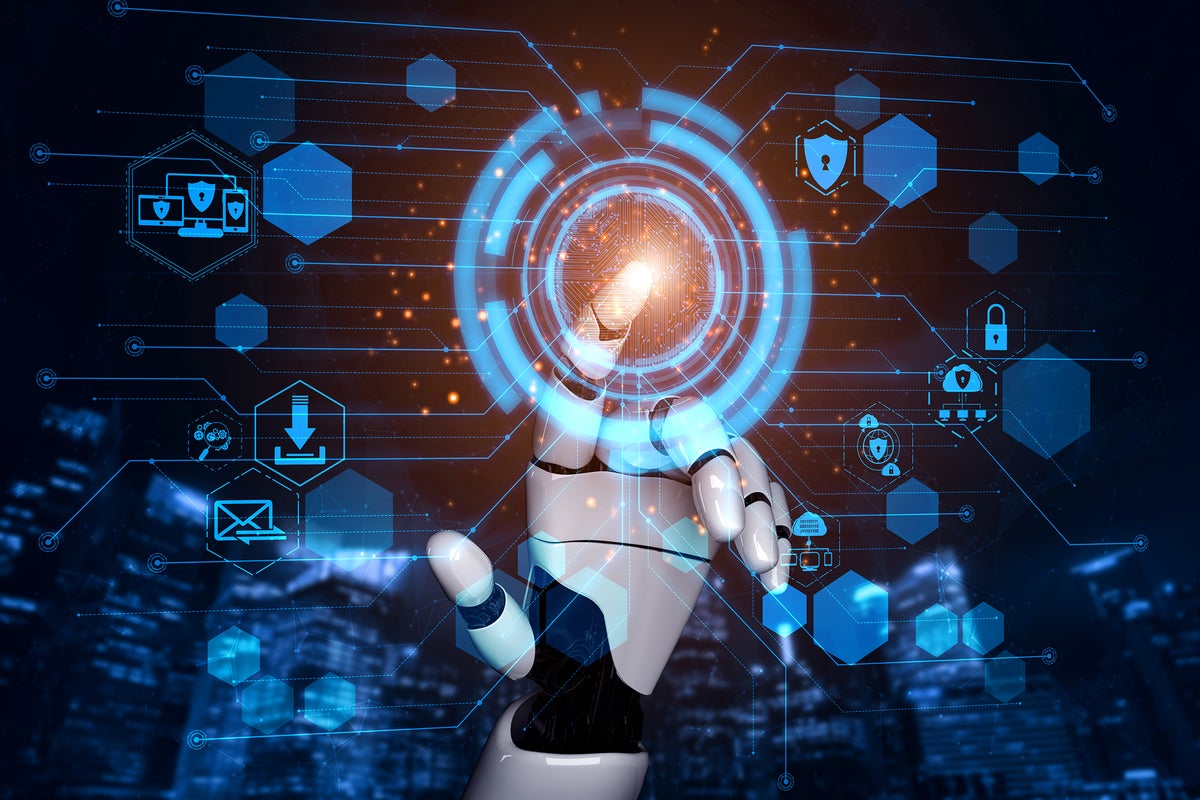- The Significance of Cybersecurity within AI Governance
- The Evolution of SOC: Harnessing Data, AI and Automation
- How to disable ACR on your TV (and stop companies from spying on you)
- I expected this cheap multitool to be a waste of money, but it's my new a toolbox essential
- Have The Last Word Against Ransomware with Immutable Backup
Juniper: Managing the complexity of future networks

Manoj Leelanivas
Like most of its competitors, Juniper Networks is leaning hard on developing all manner of software components—from automation to intent-based networking—in order to address the changing needs of enterprise-network customers. Moving into the software realm is no small task as Juniper has to integrate products from a number of acquisitions including Mist, 128 Technologies, Apstra, and NetRounds. At the same time it continues to develop its own Junos software and invest in key open-source projects such Software for Open Networking in the Cloud (SONiC) among other undertakings. Network World talked with Manoj Leelanivas, Juniper’s executive vice president and chief product officer about the company’s software directions and how it is preparing for challenges of the future. Here is an edited version of that conversation.
How has Juniper transitioned from a hardware- to a software-first company?
I would say for the last 2 years or so we have been driving enterprise transformation with software. We have spent 80-85% or research and development in software, and the last 24 months we have been trying to monetize our software program through a variety of new products and services. In addition we have added a lot of new capabilities through acquisitions such as Mist, 128, and Apstra to increase our support for everything from automation, SD-WAN and classic IP networking. Software is driving the key control points in the enterprise, and we can see the self-healing, self-configuring networking coming together. It’s been 10 years since Marc Andreessen said software is eating the world; well now it’s eating the networking world.
What do you think the emphasis on software development will mean for customers?
I believe the network in the future will become invisible to the operator. You’ll see more self-healing, self-configuring and provisioning. Day 2 operations will be seamless, and self-correcting work will be all done in software automatically. In many ways we have already achieved these capabilities with Mist and our Wi-Fi technology that has a self-correcting mechanism. In the data center, operations will be driven by automation to eliminate errors, and find and correct particular problems. Our focus on AI has been a real shot in the arm for the company and our customers. As we pull more and more telemetry from our routers and switches, automation and AI will drive a lot more functionality into our software.
We hear a lot about the importance of telemetry in developing analytics, AI and other technologies, why is that so important?
The data gathered by telemetry is king. You need that kind of data to gain insights into what’s going on, how devices are working and software. You find out how the network is operating with packet capturing and the state of the cloud network, and then look for deviations. In our case, [Juniper’s AI-powered virtual assistant] Marvis in 2019 learned of network problems and could solve 20% of them without intervention. Now that number is over 80% of problems solvable automatically, in part due to all of the intelligent telemetry it gathers. The more data metrics it gathers, the smarter it gets. The goal is to get all of the telemetry to correlate LAN, WAN, and cloud information in one place like we do with Mist and Marvis, and intelligent telemetry will make that an even more powerful tool.
Support for open-sourced SONiC has grown generally in the past year, and Juniper has increased its own support for the NOS. How does that technology fit in the Juniper strategy?
We see SONIC as part of our overall software initiative. The enterprise and service provider worlds are very diverse, and use cases where SONiC makes sense are growing. It’s an option in cases where a full-blown Junos operating-system implementation isn’t needed. We see use cases in the data center growing in a big way. And we will continue to develop the Junos OS across all of our solutions.
What is the status of integrating Apstra’s intent-based networking software with Juniper’s?
Apstra has been well-received and will be an important part of the way we help customers simplify and run complicated data-center hybrid-cloud networks. Data centers are here to stay, whether they be private or hybrid. Some of the biggest challenges for data-center operators going forward is configuring and managing them. Apstra’s technology simplifies the whole data-center model. Much like Mist works, Apstra technology can let customers manage heterogeneous environments. Apstra looks at the intent of the network traffic, looks for deviations from intent, and remediates problems quickly.
Copyright © 2021 IDG Communications, Inc.

